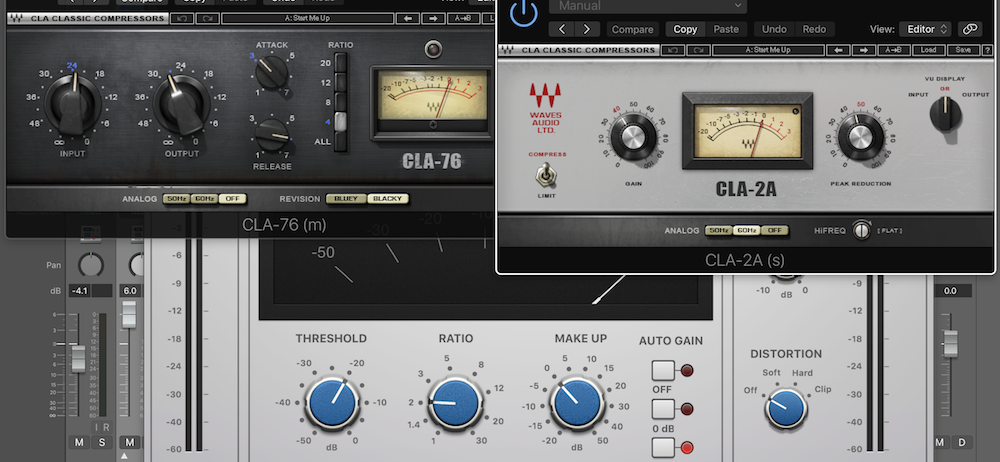

So a year from now, this checklist could have more steps, fewer steps or the steps could be laid out in a different order. Or you may want to add your steps – I applaud the ones who take action and think outside the box.Īlso, I am constantly changing and improving (at least I think I am) on my mixing technique. Take it with a grain of salt and decide for yourself if each step is necessary. This article is, however, should not be taken as gospel and every step I lay out should not just become the default for every mix. It’s about the concept and not the technique. You might be working on Rock, R&B, Rap, Country or anything else for that matter, and that’s okay. So if you are mixing lead vocals, female vocals, male vocals or if your mixing backgrounds vocals than I’ve got you covered. The good thing about these vocal mixing techniques is that you can apply them to any one genre or style of music. Some performances go through every step some go through very few, and others go through some extra steps. That said, I did realize that I have somewhat of a checklist (in my head) that I run through as I’m mixing vocals. I thought long and hard about it because when it comes to mixing vocals it can be a pretty convoluted process as nothing is ever the same.

I said that I would create a follow-up post where I create a detailed list of my approach on how to mix vocals. In my last article, I talked about the overuse of high pass filters.


 0 kommentar(er)
0 kommentar(er)
